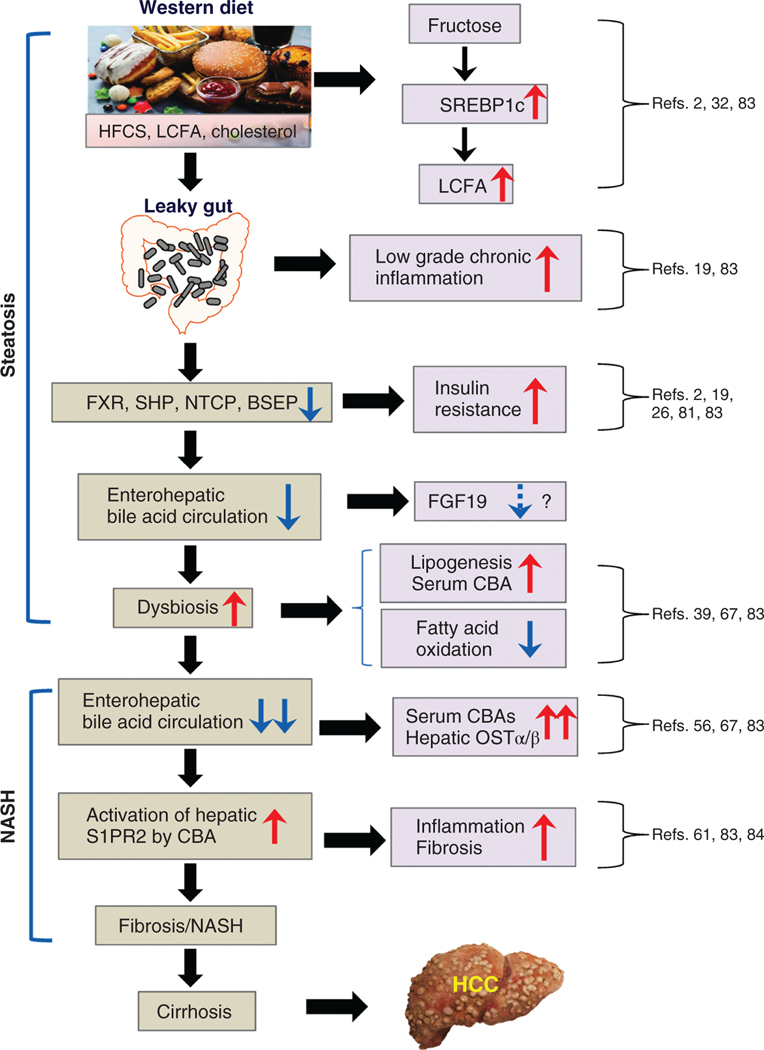Figure 5. The possible role of diet, gut dysbiosis and bile acids in the development of steatosis and NASH.
The road to Steatosis and NASH begins by consuming a Western-type diet containing large amounts of HFCS and fats, resulting in constant low-grade systemic inflammation due to gut dysbiosis and absorption of pro-inflammatory bacterial molecules. Under these dietary conditions, there is an upregulation of long-chain fatty acid synthesis in the liver and decreased oxidation and secretion of fats. Inflammation also downregulates bile acid transporters in the liver, slowing their enterohepatic circulation and allowing an increase in CBA in the liver, which activates S1PR2 stimulating hepatic inflammation and fibrosis pathways and promoting the development of cirrhosis and hepatocellular carcinoma (HCC).

